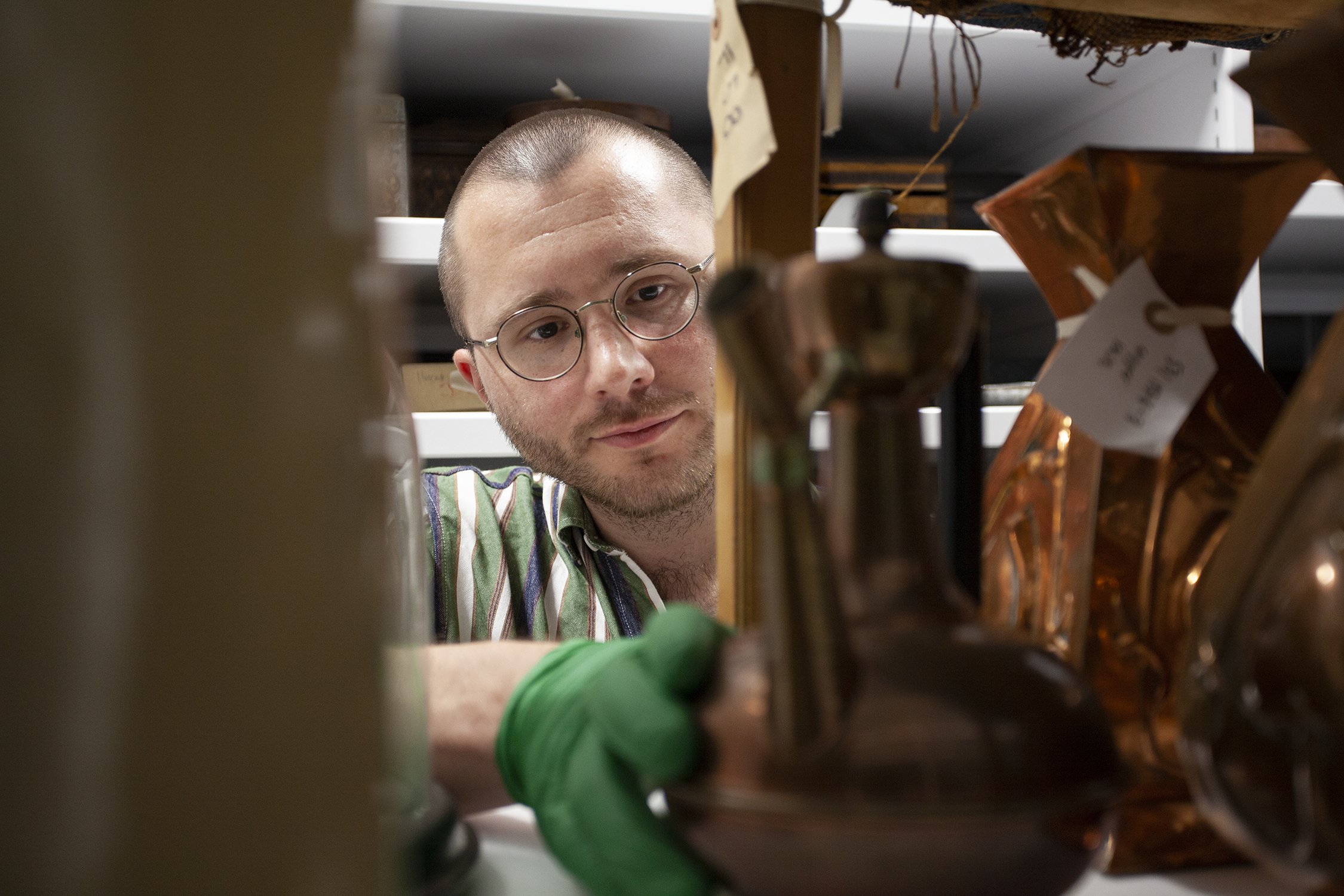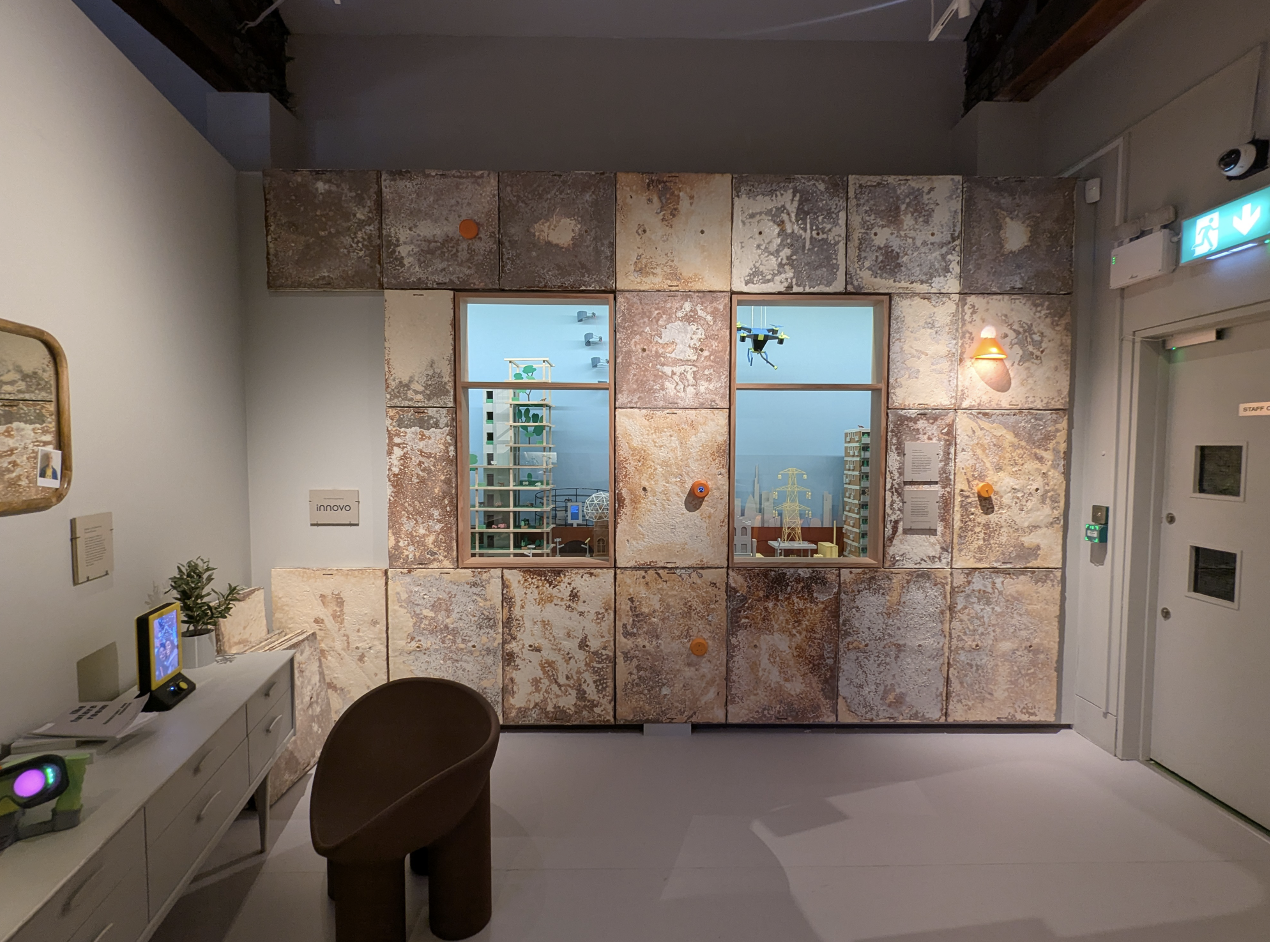What Museums Can Teach Us About Healthy Buildings Through Time

On 30 April 2025, the Healthy Buildings Network hosted an illuminating seminar with Louis Platman, curator at the Museum of the Home. Platman offered a unique perspective on how our domestic environments have evolved over centuries, providing valuable historical context for our contemporary understanding of healthy buildings.

The Museum of the Home, housed in 18th-century almshouses in Hoxton, East London, offers a fascinating window into the evolution of our living spaces. Originally founded as the Geffrye Almshouses, the site was specifically chosen because Hackney was "much greener than it is today" and positioned outside the city walls, providing residents with "peace and quiet and good air quality" following the devastating plague and Great Fire of London. This historical perspective reminds us that the relationship between buildings and health has been a concern for centuries.
The museum's "Rooms Through Time" galleries demonstrate how domestic environments have transformed from the 1600s to present day. Platman highlighted how each period room is based on real London locations, meticulously recreated using architectural evidence, trade catalogues, diaries, and visual sources. Recently, the museum has expanded its focus beyond middle-class homes to include diverse communities and housing types, reflecting a commitment to inclusive representation that resonates with our Network's emphasis on addressing social justice alongside technical solutions.
What makes the Museum's approach particularly valuable to our Healthy Buildings Network is its attention to the environmental aspects of domestic life throughout different historical periods. Platman explained how technological changes in heating had profound effects on home design and use. The shift from wood-burning to coal-burning fireplaces in the late 17th century fundamentally altered how homes functioned: coal's higher burning temperature allowed for smaller fireplaces and centralised flues, making it feasible to heat multiple rooms.

The Victorian room highlights how house plants became increasingly popular during a period of worsening urban air quality. The terrarium displayed represents both practical responses to pollution and the influence of colonial explorations. Similarly, the wax cloth curtains in this room were popular because they were "easy to clean and especially with all the pollution in London air, very easy to wipe down."
The 1910s tenement block exhibit demonstrates how social housing initiatives sought to improve health through better design. These flats, built toward the end of the 19th century, provided indoor toilets a luxury in East London even into the mid-20th century. Platman explained that "hygiene was a big drive behind this change in housing in the building of these new tenant blocks."

In stark contrast, the 2000s flat share exhibit explicitly shows the impacts of privatisation and neglectful landlords through visible damp stains and black mold—environmental health hazards that continue to affect millions today. This honest portrayal of housing challenges emphasises how building quality directly impacts human health and wellbeing.
Perhaps most thought-provoking was the museum's "Room of the Future," which imagines a Victorian home in Hackney adapted for life in 2049. This speculative space incorporates mycelium panels that actively remove carbon from the atmosphere, addressing both building health and climate concerns. The exhibit also explores changing relationships with food, technology, and community in response to environmental pressures.

Platman noted that the room's designers carefully balanced optimism with realism: "We've tried to make it as optimistic as possible without lying to people or sort of patronising people." This approach mirrors our own efforts at the Healthy Buildings Network to acknowledge current challenges while working toward innovative solutions.
What the Museum of the Home demonstrates so brilliantly is that healthy buildings require perspectives from multiple disciplines. Historical insights can inform contemporary architectural innovations. Social practices around cleanliness and comfort influence engineering solutions. Environmental conditions shape cultural adaptations in our domestic spaces.
At the Healthy Buildings Network, we're committed to fostering these connections between disciplines. The Museum of the Home's approach combining material culture, oral histories, architectural expertise, and social context offers a powerful model for our own interdisciplinary collaborations.
The Healthy Buildings Network is creating opportunities for researchers and practitioners from diverse disciplines to exchange knowledge and develop innovative approaches to building health. Whether your background is in engineering, public health, architecture, social sciences, or historical studies, your perspective can contribute to creating healthier built environments for all. To learn more about upcoming events or to get involved with our research initiatives, contact us at healthy_buildings_network@leeds.ac.uk.

Director, Water, Public Health & Environmental Engineering Research Group, University of Leeds
Dr. King leads interdisciplinary research at the intersection of fluid dynamics, infection control, and public health. His work increasingly bridges engineering with arts & humanities to foster truly healthy built environments.